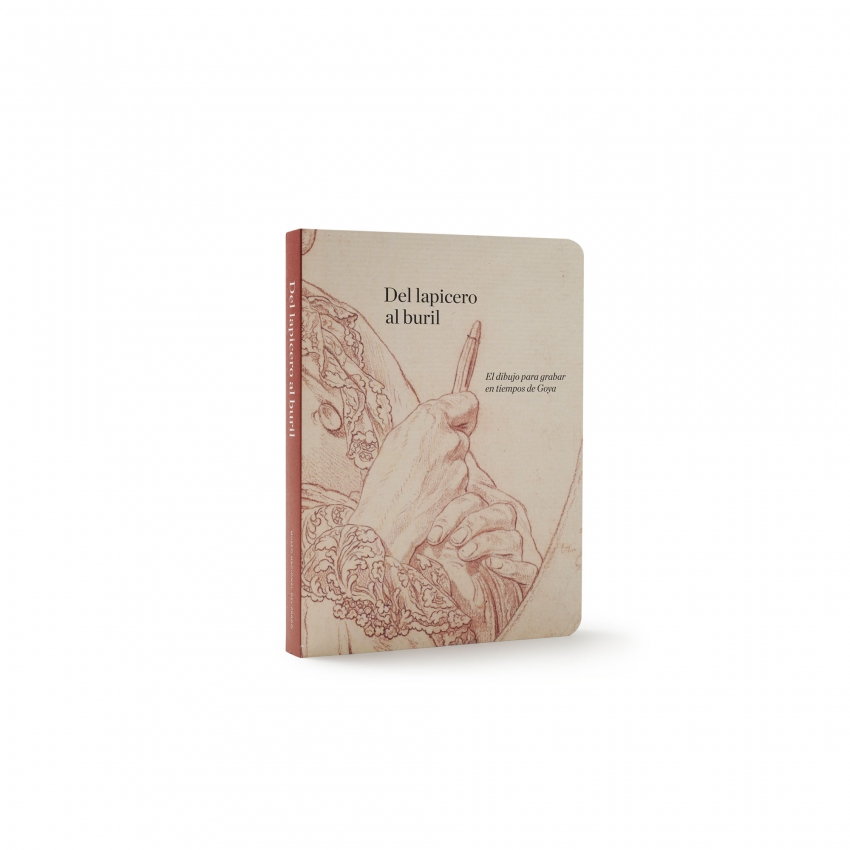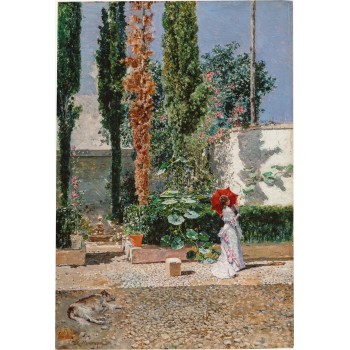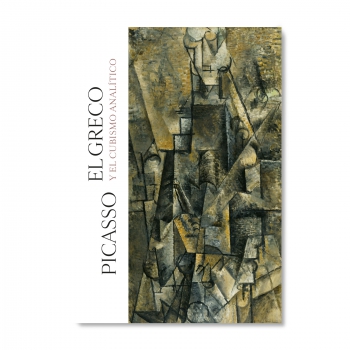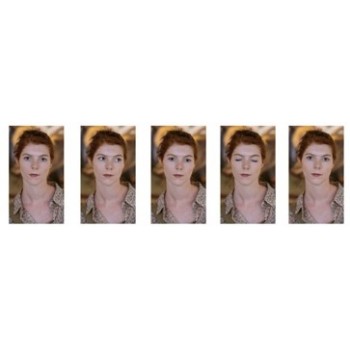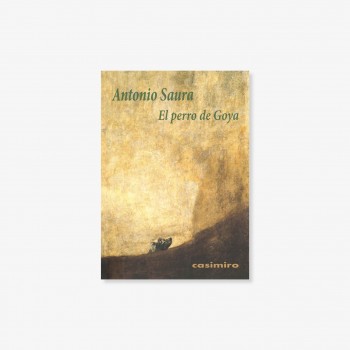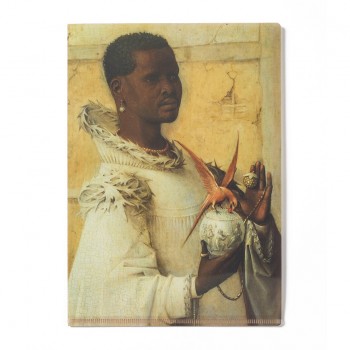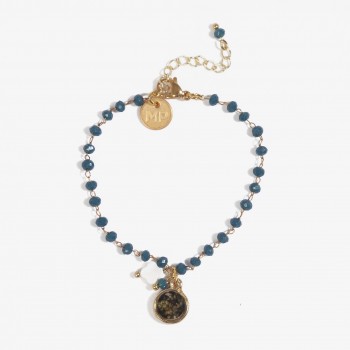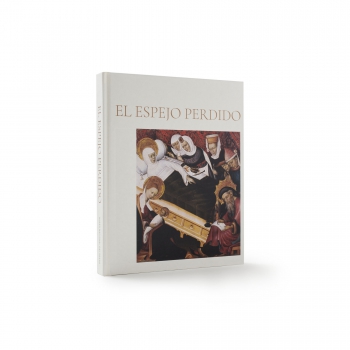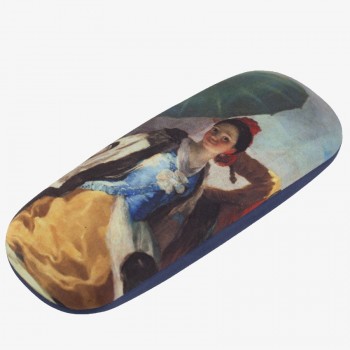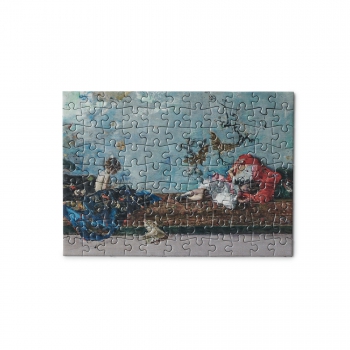In the second half of the 1700s Spain broke away from its foreign dependence in the field of printmaking. The training of qualified draughtsmen and printmakers, notably Manuel Salvador Carmona, made it possible to record in prints the major cultural and scientific undertakings promoted by Enlightenment thinkers. The culmination of this process was the publication of Francisco de Goya’s Caprichos in 1799. Although the prints of this period are well known, the preliminary drawings on which they were based are not. Their utilitarian nature has led them to be considered of secondary importance in art history. Yet the quality of a print hinges on the properties of the preliminary drawing; it is impossible to produce a good print without a good drawing.
From Pencil to Burin – two of the instruments most widely used by draughtsmen and printmakers – shows the different uses to which drawings were put during the creation of a print, with examples ranging from those made by the artists who designed the images to those produced by the printmakers in their workshops. The variety of techniques employed and their adaption to the subject matter offer viewers a survey of Spanish drawings in Goya’s day.
ISBN: 978-84-8480-606-6

